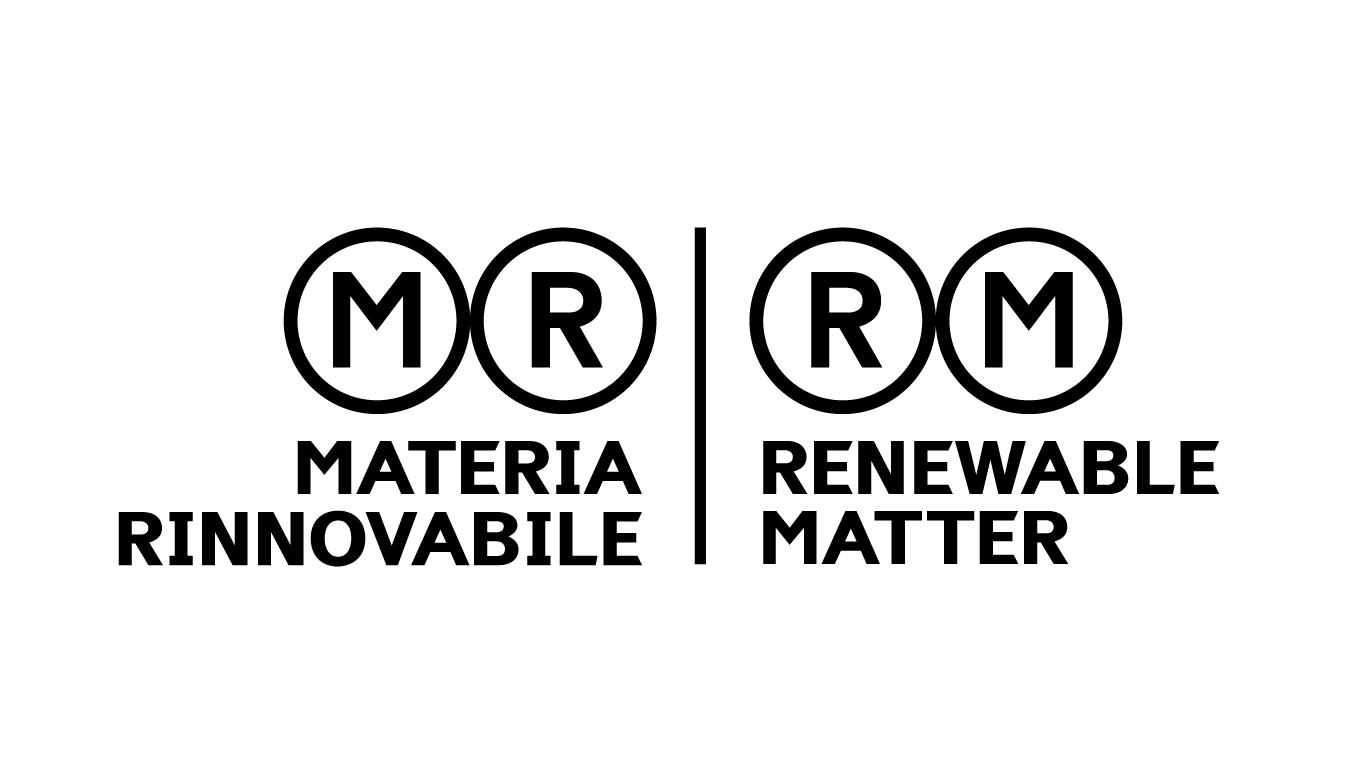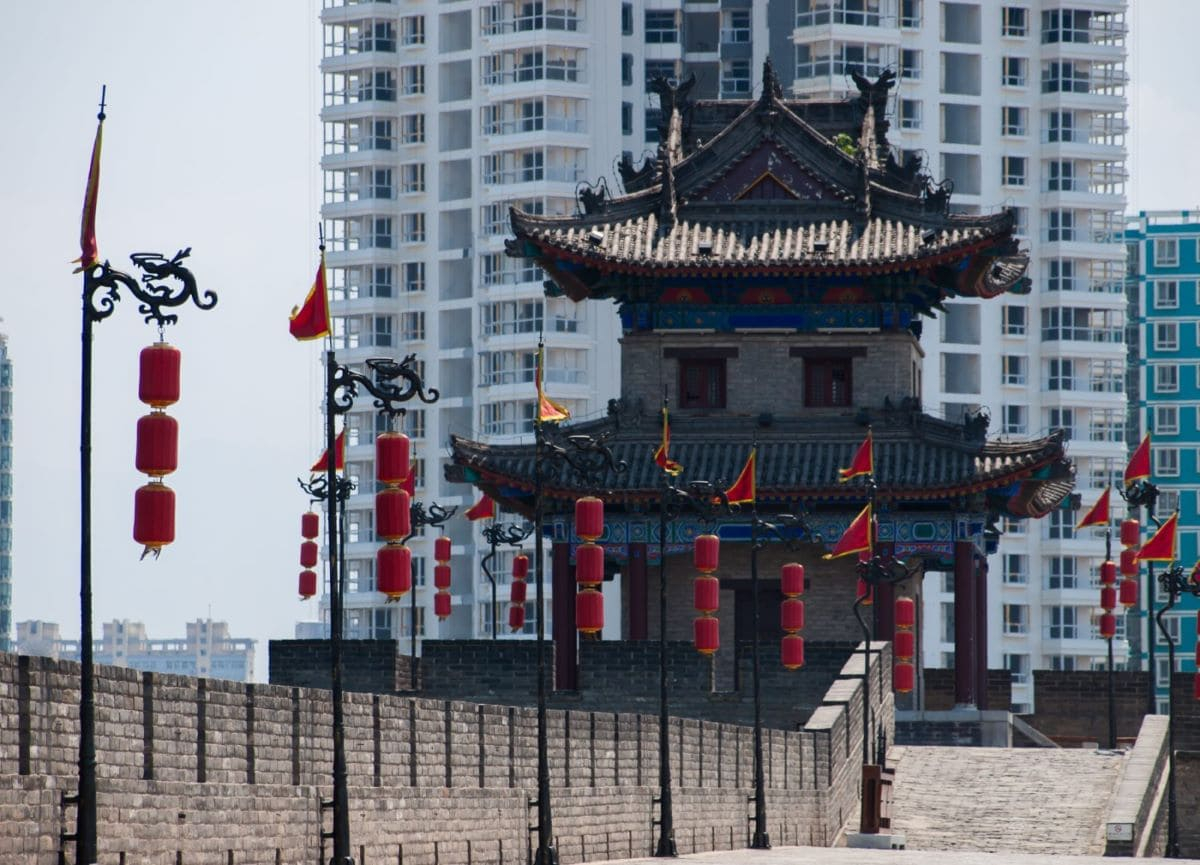This article is also available in Italian / Questo articolo è disponibile anche in italiano
Widely anticipated, awaited, discussed, and analysed, the 2025 Two Sessions (Lianghui) were formally opened in Beijing’s Great Hall of the People on the 4th and 5th of March. As Asia Society puts it, the most significant event on China’s political calendar is “the closest thing to a carnival” for the People’s Republic’s political elite, drawing thousands of senior officials, bureaucrats, analysts and journalists—over 3,000 accredited members of the press, also from abroad—to the capital for a week (until the 11th of March).
This year’s concurrent meetings of the National Committee of the Chinese People’s Political Consultative Conference (CPPCC) and the National People’s Congress (NPC) attracted particular attention for several reasons: first, because 2025 marks the final year of both the 14th Five-Year Plan and the controversial Made in China 2025 plan launched a decade ago; second, due to the hype around the tech and trade war between China and the United States; and finally, of course, for the awaited new economic growth targets, especially in light of the difficulty in reaching the famous 5% goal set for 2024.
On this last point, there were, in truth, no surprises. As expected, in his government work report delivered to the plenary session on the morning of the 5th of March, Premier Li Qiang announced a GDP growth target of around 5% for 2025, the same as last year. The real news—though even this had been anticipated by the more observant analysts—was the decision to raise the deficit-to-GDP ratio by one percentage point, setting it at 4%. The move clearly aims to give some breathing room to an economy under strain.
Among the key themes in the Premier’s speech was the phrase “high-quality development”, especially referring to new technologies, artificial intelligence, and clean tech. He also emphasised the need to boost domestic consumption and the commitment to new “opening-up” measures to encourage foreign trade and investment. Finally, there was the somewhat ambiguous promise to cut energy intensity by a further 3% and to approach the emissions peak “with caution”. Here is our analysis of Li Qiang’s address.
A “remarkable” 2024
“2024 was truly a remarkable year in China’s development journey.” So began Premier Li Qiang as he presented the Report on the Work of the Government on the morning of the 5th of March.
Naturally, the address opened with a list of achievements, starting with the long-sought 5% GDP growth, reached, it must be said, somewhat at the last minute and with the help of various financial measures. Economic growth was then broken down into its different aspects: 12.5 million new jobs were created in the cities (with the urban population now accounting for 67% of the total), and, above all, the development of what are being called the “new productive forces” (xin sheng chanli), the dominant theme of the past year: high-tech, IT services, electric vehicles and clean tech, artificial intelligence and quantum technologies. Li celebrated the sector’s successes, recalling that production of new energy vehicles (electric and hybrid) had exceeded 13 million units, while the added value of core digital economy industries had risen to around 10% of the GDP.
On environmental matters, the Premier celebrated efforts to improve air quality in China’s major cities. Whereas just a few years ago, air pollution represented a public health emergency, today, “the days with good or excellent air quality has exceeded 87%” (far better than in the Po Valley). As for climate and the energy transition, China’s installed renewable energy capacity grew by 370 GW in 2024 (out of a global increase of 473 GW), and renewable sources now account for 40% of the country’s total electricity generation.
After celebrating the successes, it was impossible not to acknowledge the challenges. First, on the international front: “changes unseen in a century are unfolding across the world at a faster pace,” said Li Qiang. “An increasingly complex and severe external environment may exert a greater impact on China in areas such as trade, science, and technology. Global economic growth lacks momentum, unilateralism and protectionism are on the rise, the multilateral trading system is facing disruptions, and tariff barriers continue to rise. All of this,” Li added, “is undermining the stability of global industrial and supply chains and hindering the flow of the international economy.”
Turning to the domestic front, the Premier admitted that the economic recovery is still slow, “growth is not strong enough,” and domestic consumption is “stagnant”.
Target for 2025: growth "around" 5%, but deficit will rise to 4%
Promote high-quality development, modernise the industry, encourage “high-level” openings, boost domestic demand, foster technological innovation, and ensure stability for the real estate market and the stock exchanges. At the top of the list is a reminder of the targets to be met under the 14th Five-Year Plan by the end of 2025. These are the "resolutions" for the new year outlined by Li Qiang.
A series of key words, each accompanied by specific numerical targets, chief among them the GDP growth target set “around 5%” (with that cautious adverb wisely placed alongside a figure that, in light of recent struggles, would have been too definitive on its own). Li then spoke about the topic of work—a burning issue for young people—setting an urban unemployment rate target of approximately 5.5% and pledging to create another 12 million new jobs in the cities.
While these targets were all more or less expected, the real news, as mentioned, lies in the decision to raise the deficit-to-GDP ratio by one percentage point, setting it at 4% (for comparison, the European ratio is around 3.5%). This must not have been an easy choice for the Chinese government, given its historical rigidity on the issue of the deficit. The last time China deviated from its self-imposed 3% limit was in 2020, when, in the middle of the pandemic, the Ministry of Finance raised the ratio to over 3.6%. In other words, this is a clear signal of the efforts the Xi Jinping administration intends to make to revitalise the economy. "It marks the first time on record that China has set the deficit-to-GDP ratio at 4%, which sends out multiple signals on Chinese policymakers' stepped-up efforts to navigate challenges and boost high-quality economic development," commented economist Tian Yun to the Chinese publication Global Times.
These efforts, Li Qiang stated, will materialise through the issuance of 1.3 trillion yuan in special Treasury bonds, 300 billion yuan more than in 2024. In addition, another 4.4 trillion yuan in special-purpose bonds of local governments, primarily aimed at the construction sector and land acquisitions, with the goal of revitalising what was once a key pillar of China’s economy and that now continues to struggle in the wake of the real estate bubble’s collapse. There will also be measures to boost domestic consumption and to “vigorously” encourage foreign investment.
Industries of the future
Building on the recent successes of China’s high-tech industry (from Deepseek’s AI to BYD’s electric vehicles and the mission to the far side of the Moon), Li Qiang’s speech devoted considerable attention to the so-called "industries of the future" and the digital economy. In particular, he announced a financial mechanism designed to boost funding for sectors such as biomanufacturing, quantum technologies, embodied AI, and 6G technology.
However, the encouragement of these sectors goes beyond financial backing. China’s high-tech industry has become, over the past year, a real symbol, a source of national pride in its technological rivalry with the United States (which, under Trump, has increasingly taken on a commercial dimension). This was evident in the unusual symposium convened by Xi Jinping on the 17th of February, where he met with CEOs of leading Chinese tech firms, including Ren Zhengfei of Huawei, Wang Chuanfu of BYD, Liu Yonghao of New Hope, Yu Renrong of Will Semiconductor, Wang Xingxing of Unitree Robotics and Lei Jun of Xiaomi. It is a signal of support from political decision makers, which, as economist Liu Peiqian noted in the Global Times, "it could potentially be even more powerful than fiscal stimulus."
Climate and transition: cautiously approaching the emissions peak
The section on the environment and climate came towards the end of the speech. While it hasn't traditionally taken centre stage in previous years, China is likely feeling somewhat uncomfortable at present regarding its climate targets. With Donald Trump's return and the United States’ exit from the Paris Agreement, China’s burden of responsibility in global climate action has become more important. All eyes are now on the results (remarkable, it must be said) of the Dragon's energy transition, the somewhat opaque decarbonisation of its industry, and the anticipated peak in carbon emissions, which most international analysts predict will occur by the end of 2025.
As we have explained on several occasions in these pages, the Chinese government prefers to adopt a more cautious stance, focusing more on revitalising the economy than on reducing emissions. Indeed, after naturally announcing support for the green transition (which, it should be noted, also means green trade and the export of technologies such as batteries, EVs, and photovoltaics, in which China is an undisputed leader), Li Qiang, using his usual phrasing, stated that the Chinese government would work "actively and prudently towards reaching peak carbon emissions and carbon neutrality."
This commitment is certainly reflected in some interesting tangible initiatives, such as the creation of a group of net-zero industrial parks, the construction of new renewable energy installations in desert regions (like the Gobi Desert) and of offshore wind farms. But it then comes to a standstill on a target that many analysts consider to be a little too cautious: a 3% reduction in energy intensity.
The issue here lies not so much in the percentage, but in the terminology. As Lauri Myllyvirta, an analyst at the Asia Society Policy Institute and CREA in London, explains on LinkedIn, China essentially performed a sleight of hand in 2023 by redefining the definition of "energy intensity" to suit the needs of its economy. Typically, "energy intensity" refers to the amount of energy consumed per unit of GDP, with energy being considered regardless of its source, whether fossil or renewable. However, as China’s industry transitions to renewables at a fairly rapid pace, limiting the consumption of these energy sources was seen by the government as somewhat counterproductive. As a result, it was decided that "energy intensity" would now only refer to the consumption of energy from fossil fuels.
As Myllyvirta writes, this year, “China sets a target of reducing fossil fuel consumption per unit of GDP by 'around 3%'. This is not strong at all, possibly allowing CO2 emissions to increase by more than 2% this year. I don't think they will, but it shows the government is not prioritising controlling CO2 emissions at the moment”.
“My expectation for 2025 is that clean energy additions will accelerate further from 2023-24 levels, and energy demand growth will moderate, leading to a fall in emissions—but uncertainties are large, especially as this is not what the government is targeting”, Myllyvirta concludes.
Cover: photo Envato



